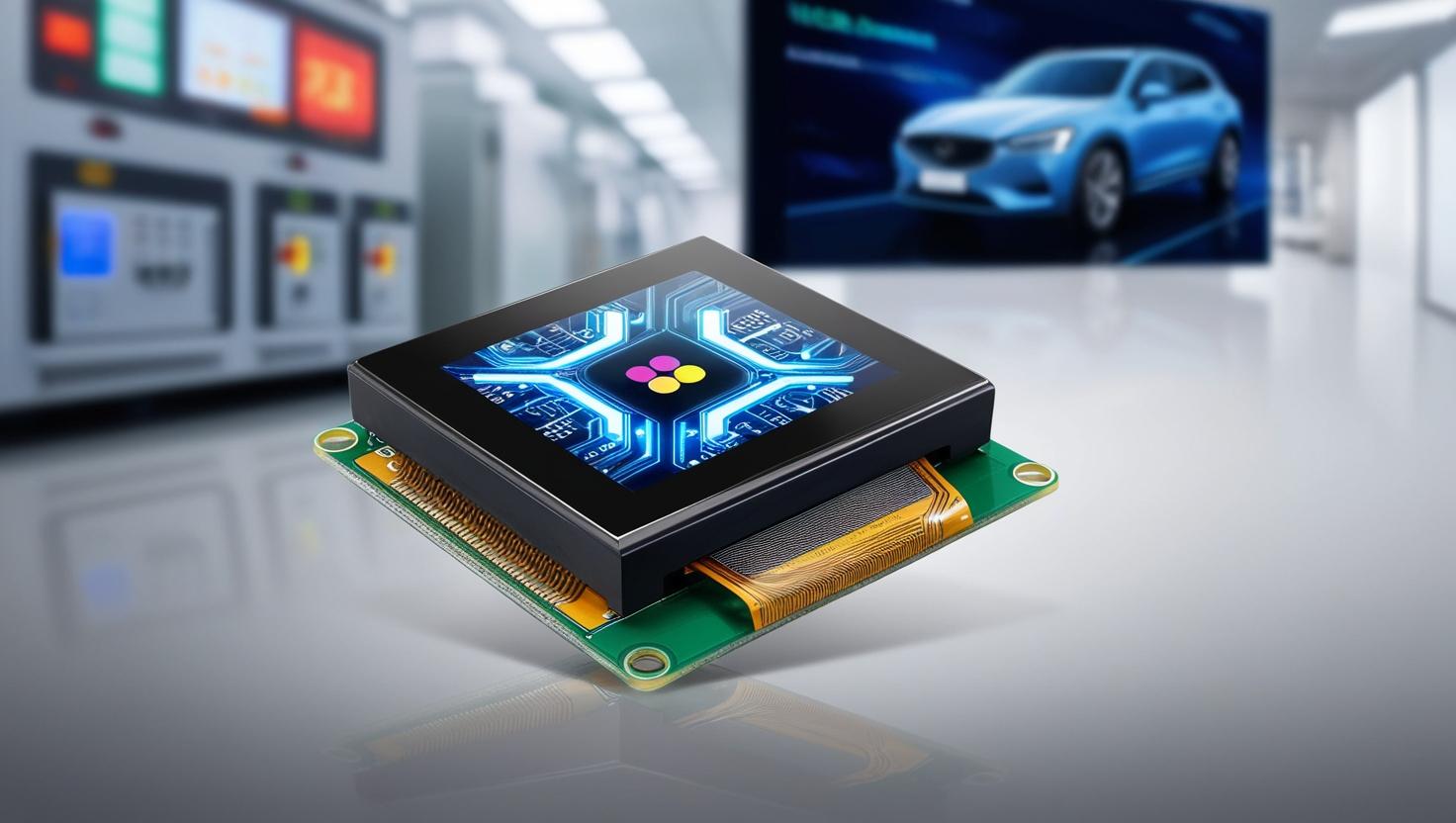The global microdisplays market is experiencing a surge in momentum, powered by an unprecedented wave of investment and innovation. As augmented reality (AR) transitions from a niche technology into mainstream applications—ranging from consumer electronics and gaming to enterprise, military, and healthcare—microdisplays have emerged as the critical component enabling this transformation.
Microdisplays: Small Screens, Big Impact
Microdisplays are ultra-compact screens, often smaller than an inch in diagonal size, capable of delivering high-resolution visuals in a minimal footprint. Unlike conventional displays, microdisplays are designed to be embedded in devices that are worn close to the eye, such as AR smart glasses, head-mounted displays (HMDs), heads-up displays (HUDs), and medical visualization systems.
What sets microdisplays apart is their ability to combine high brightness, low latency, wide field of view, and minimal power consumption—key factors for AR environments where real-time, immersive, and context-aware visual experiences are required. Technologies like OLED, LCoS (liquid crystal on silicon), and microLED are competing and co-evolving in this space, each bringing specific strengths depending on the application.
Augmented Reality Pushes Demand
The growing adoption of AR in both consumer and industrial sectors is a primary catalyst behind the rising demand for advanced microdisplays. Companies like Apple, Meta, Microsoft, and Google are investing billions into AR platforms, with smart glasses and mixed-reality headsets positioned as the next frontier of personal computing.
In consumer markets, AR is being integrated into everything from mobile apps to wearable glasses that enhance gaming, navigation, fitness, and social interaction. However, the real boom is occurring in enterprise applications. Logistics, manufacturing, healthcare, retail, and field services are embracing AR as a productivity tool, using wearable displays to assist workers with real-time information, remote collaboration, and on-the-job training.
In all these scenarios, microdisplays serve as the visual interface between the user and the digital layer, making their performance and reliability mission-critical.
Download PDF Brochure @ https://www.marketsandmarkets.com/pdfdownloadNew.asp?id=430

Investment Surges Across the Supply Chain
The promise of AR is attracting a new wave of funding into the microdisplay ecosystem. Display manufacturers, semiconductor companies, and materials scientists are securing significant investments to enhance resolution, brightness, durability, and manufacturing yields.
Startups specializing in microLEDs and silicon-based OLEDs are particularly hot, thanks to their potential for scalability, superior contrast, and energy efficiency. Meanwhile, established players are expanding production lines and forming strategic partnerships with AR hardware makers to secure long-term supply agreements.
Governments and defense agencies are also fueling investment, recognizing the strategic value of AR in military training, situational awareness, and battlefield coordination—areas where rugged, high-performance microdisplays are indispensable.
Technical Challenges and Market Constraints
Despite strong momentum, the microdisplays market faces several hurdles. Producing microdisplays with high pixel density, low power usage, and long operational lifespans remains technologically challenging. Yield rates are a persistent concern, particularly for emerging technologies like microLED, which require precise assembly of microscopic emitters.
Thermal management and cost reduction are also top priorities for manufacturers aiming to meet the volume demands of consumer electronics. Additionally, integration into AR devices requires meticulous engineering to ensure compact form factors, minimal distortion, and compatibility with optics like waveguides and light engines.
The Road Ahead: Microdisplays as a Cornerstone of AR
Looking forward, the microdisplay market is expected to expand significantly in both value and volume. The microdisplay industry is expected to reach USD 3.0 billion in 2029 from USD 1.3 billion in 2024, expanding at a CAGR of 18.2%
As AR experiences become more immersive and realistic, expectations for display performance will continue to rise. Future developments in holographic projection, retina-level resolution, and transparent displays will push microdisplay technology even further, cementing its role at the heart of next-generation user experiences.
In essence, microdisplays are not just small screens—they are the eyes of the augmented world. As AR moves from tech labs to living rooms, job sites, and battlefields, the companies that master microdisplay innovation will be shaping the visual future of our connected reality.
Microdisplay Industry Key Players
- Seiko Epson Corporation (Japan),
- SeeYA Technology (China),
- Sony Group Corporation (Japan),
- Kopin Corporation (US),
- Himax Technologies, Inc. (Taiwan), and
- HOLOEYE Photonics AG (Germany) are some of the major companies in the microdisplay industry .
See More Latest Semiconductor Reports:
Semiconductor and Electronics Market Research Reports
FAQ: Microdisplays Market
1. What are microdisplays?
Microdisplays are ultra-small display panels, typically less than 1 inch in diagonal size, used in devices where compactness and high resolution are essential. They are commonly found in AR/VR headsets, smart glasses, heads-up displays (HUDs), and other wearable technologies.
2. Why are microdisplays important for augmented reality (AR)?
Microdisplays are crucial for AR because they enable lightweight, high-resolution visual output close to the user’s eye. They deliver clear, bright, and fast-rendering images, which are essential for overlaying digital information onto the real world in real time.
3. What types of microdisplay technologies are used today?
The main types of microdisplay technologies include:
- OLED (Organic Light-Emitting Diode) – Offers high contrast and fast refresh rates.
- LCoS (Liquid Crystal on Silicon) – Provides high resolution and good color accuracy.
- MicroLED – A next-generation tech with ultra-high brightness, durability, and energy efficiency, though still emerging.
